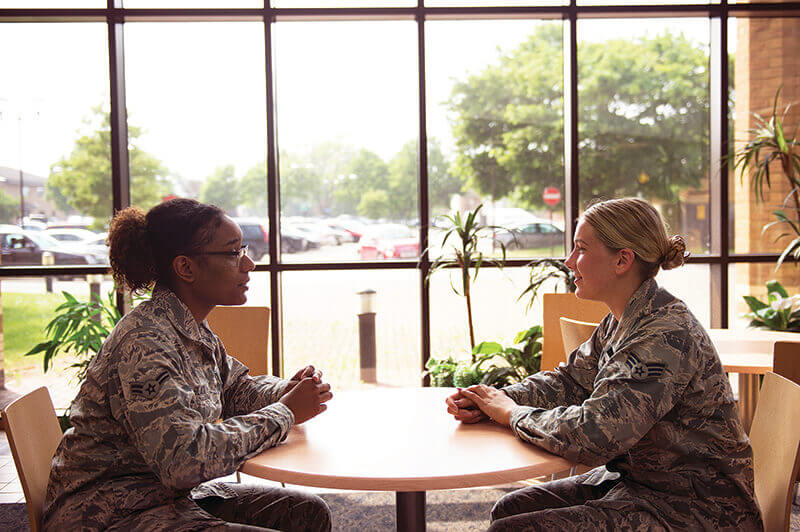West Lafayette, Indiana - The number of women members and veterans of the U.S. armed forces continues to grow, and one Purdue University social scientist wants people to be aware that their successes and struggles don't take place just on the battlefield.
“Women’s experiences are different than men’s experiences in the military. Historically, they have been assigned to different roles and jobs,” says Shelley MacDermid Wadsworth, who is a director of the Military Family Research Institute at Purdue and a professor of human development and family studies.
Currently, there are 1.6 million women veterans and women comprise 17.8% of armed forces, making them one of the fastest-growing populations among active military members.
MacDermid Wadsworth and her team works with women student veterans through Focus Forward Fellowship, which provides mentoring, education and resources. During her time with the participants, she hears many stories of success and heartbreak, both during their times in the military and in their transition to civilian life.

Special training for behavioral health professionals and access to those specialists are two ways military, higher education and behavioral health providers are working together to address behavioral health issues facing active duty military, veterans and their families. (Photo courtesy Department of Defense)
“Whenever you are a member of a population group that is small relative to others, it can be hard for you to influence your surroundings. You may feel vulnerable, and feel the need to be very careful about how you speak. Some women have said that they don’t get treated like ‘real’ veterans,” MacDermid Wadsworth says. “Focus Forward helps bring together women with similar experiences, allows them to share, have access to resources and to support each other and build community. This is one way we help women veterans.”
Veteran status also can mean access to benefits, including health care through the Department of Veterans Affairs.
“The VA is working to increase facilities and treatment programs for women. Women’s issues, such as addiction, can take different patterns than men. There are also difficult physical and psychological issues to talk about,” MacDermid Wadsworth says.
Unemployment rates are generally low for women veterans across the U.S.
“Military jobs are diverse," she says. "After service, many veterans continue to serve in fields such as public service, as first responders and in health care. There are many women veterans in health care, as well as STEM-related fields.”
For states, communities and organizations that work to address issues facing military and veteran families, another available resource is Measuring Communities, which compiles and makes available data from numerous government agencies and nonprofits. Those interested in using the tool can register for free access by visiting measuringcommunities.org.